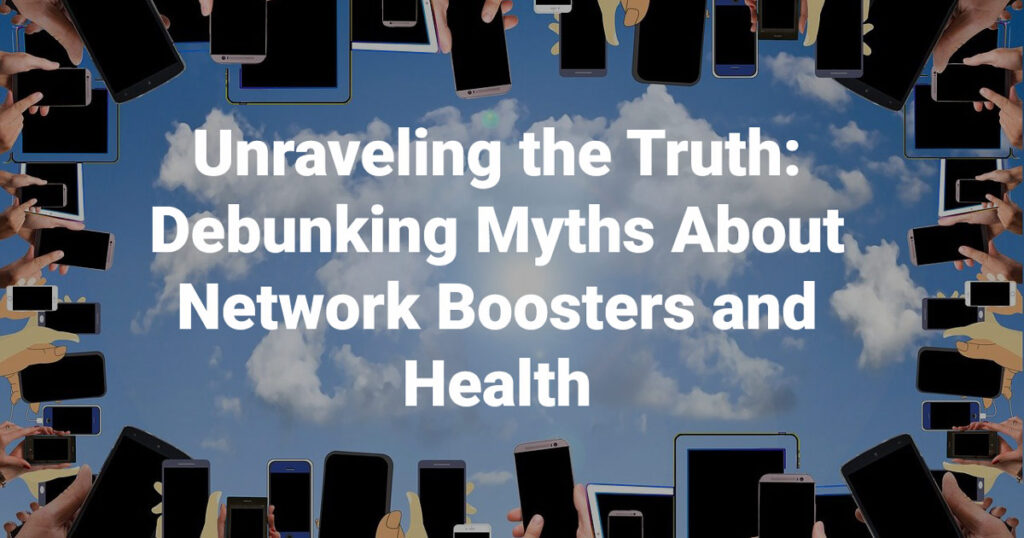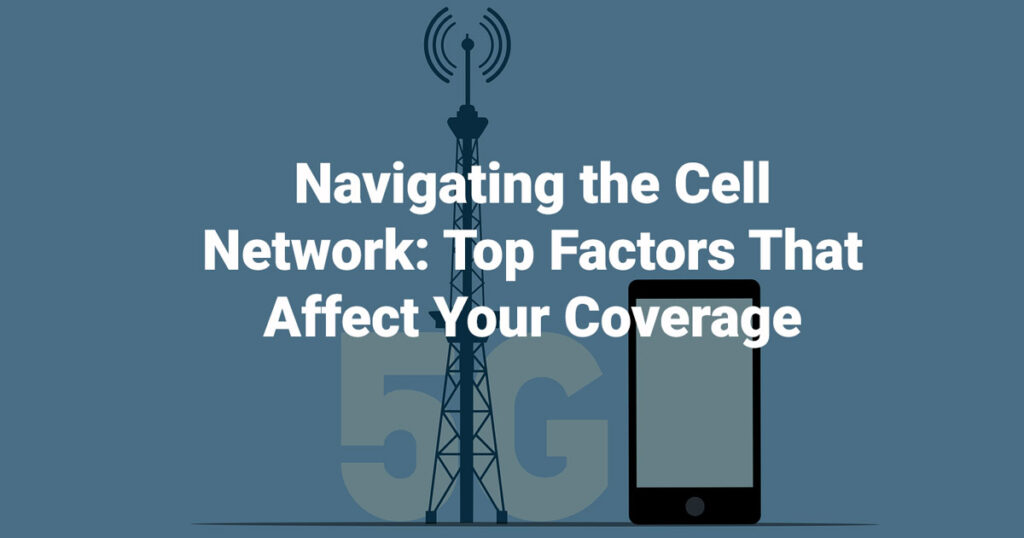In today’s world, mobile connectivity is crucial for both personal and professional communication. Whether you’re making calls, browsing the internet, or streaming content, a stable mobile signal is essential. However, many people struggle with poor reception due to various factors like building structures, distance from cell towers, or environmental barriers. This is where mobile signal boosters come in, amplifying weak signals to improve overall connectivity.
But what happens when multiple users in a household or office use different carriers? How do you ensure strong signal reception across all networks? Enter multi-carrier mobile signal boosters, which are designed to boost signals from several carriers simultaneously. This comprehensive guide will explore how multi-carrier signal boosters work, their advantages, installation tips, and more.
What Are Mobile Signal Boosters?
Mobile signal boosters are devices that enhance weak cellular signals. They consist of three main components:
- External Antenna: This is placed outside the building or vehicle to capture weak signals from nearby cell towers.
- Amplifier: This component amplifies the captured signal to a stronger level.
- Internal Antenna: This broadcasts the boosted signal indoors, providing stronger coverage in the area.
These devices work for both voice and data signals, improving call quality, reducing dropped calls, and boosting internet speeds.
What Are Multi-Carrier Mobile Signal Boosters?
Multi-carrier mobile signal boosters are specially designed to amplify signals from multiple cellular carriers at once. Whether users are on Jio, Airtel, BSNL, Vodafone, or other networks, these boosters can simultaneously enhance the signals from all the different networks without requiring separate boosters for each provider.
This technology is particularly useful in multi-user environments, such as homes, offices, or commercial buildings, where individuals may use different mobile carriers. With a multi-carrier signal booster, everyone benefits from stronger signals regardless of their network provider.
How Do Multi-Carrier Signal Boosters Work?
Just like single-carrier boosters, multi-carrier systems consist of an external antenna, an amplifier, and internal antennas. However, the amplifier in multi-carrier boosters is more sophisticated, capable of amplifying signals across multiple frequency bands used by different carriers.
Each carrier uses specific frequency bands for communication (e.g., LTE, 4G, or 5G), and the multi-carrier booster amplifies these bands simultaneously. This ensures that users from different networks experience enhanced signal strength for both voice and data.
Advantages of Multi-Carrier Signal Boosters
Here are some of the key benefits of using multi-carrier mobile signal boosters:
1. Convenience for Multiple Users
One of the most significant advantages of multi-carrier boosters is their ability to support multiple users and carriers. Whether you’re in an office or a large household with people using different carriers, a single booster ensures that everyone enjoys improved signal quality.
2. Cost-Efficient
Instead of purchasing and installing multiple signal boosters for different carriers, a multi-carrier booster covers all networks in one go. This reduces the cost and complexity of installation, especially in larger buildings or offices where several users rely on different carriers.
3. Improved Coverage
Multi-carrier boosters can provide wider coverage areas, ensuring that every corner of your home or office benefits from enhanced signal strength. Whether you’re in a basement or on an upper floor, a well-installed multi-carrier booster can significantly improve your network performance.
4. Seamless Transition
For businesses and families, ensuring a seamless connection across multiple carriers is critical. Employees, guests, and family members who use different networks won’t experience dropped calls or slow data speeds. The booster ensures stable, reliable coverage throughout the space.
5. Support for Multiple Frequency Bands
Multi-carrier boosters support various frequency bands, including 2G, 3G, 4G LTE, and 5G, ensuring compatibility with both older and modern networks. As 5G becomes more prevalent, a multi-carrier booster can amplify these next-gen signals along with older LTE networks.
6. Ideal for Businesses and Large Buildings
For businesses, large offices, warehouses, or shopping malls, having a multi-carrier booster ensures that clients, employees, and visitors from different networks have access to strong, reliable signals. This is crucial for improving productivity, customer satisfaction, and communication.
When to Use Multi-Carrier Mobile Signal Boosters?
Multi-carrier boosters are ideal in the following scenarios:
1. Homes with Multiple Users
If your family members use different mobile carriers, a multi-carrier booster can ensure that everyone has access to a strong signal throughout the house, regardless of their provider.
2. Offices or Workplaces
In offices where employees rely on various networks, a multi-carrier booster guarantees seamless communication across all carrier networks. It is especially beneficial for client-facing businesses where strong connectivity is critical for customer interaction.
3. Commercial Buildings
For large buildings such as hotels, shopping centers, or hospitals, multi-carrier boosters ensure that every visitor or guest can enjoy strong signal reception, regardless of their carrier. This enhances their experience and supports critical communication needs.
4. Rural or Remote Areas
In rural areas where signals are weak or inconsistent across different carriers, multi-carrier boosters can enhance connectivity for multiple users, providing better voice calls and internet speeds.
Factors to Consider When Choosing a Multi-Carrier Booster
When selecting a multi-carrier signal booster, consider the following factors:
1. Coverage Area
Determine how much coverage you need. Larger areas will require more powerful boosters or additional internal antennas to ensure complete signal enhancement.
2. Carrier Compatibility
Ensure that the booster is compatible with your carriers. Most multi-carrier boosters support all major carriers, but it’s essential to check the frequency bands your carriers use.
3. Installation
Decide whether you want to install the booster yourself or hire a professional. Proper placement of the external antenna is crucial for capturing the best possible signal, and a professional installer can help optimize the setup.
4. Signal Strength
Measure the existing signal strength before purchasing a booster. If the outside signal is extremely weak, you may need a more powerful amplifier to enhance the signal adequately.
Conclusion
Multi-carrier mobile signal boosters offer a comprehensive solution for boosting signals from multiple carriers simultaneously, making them ideal for homes, offices, and commercial spaces. Whether you’re dealing with weak signals in a rural area or simply want to improve communication for multiple users in a busy environment, these boosters provide convenience, cost-efficiency, and enhanced connectivity.
By investing in a multi-carrier signal booster, you ensure that everyone—whether using Jio, Airtel, BSNL, Vodafone or any other carrier—can enjoy strong, reliable signals for calls, texts, and high-speed data. With the increasing demand for constant connectivity, multi-carrier boosters are an essential tool for keeping people connected, no matter where they are.



